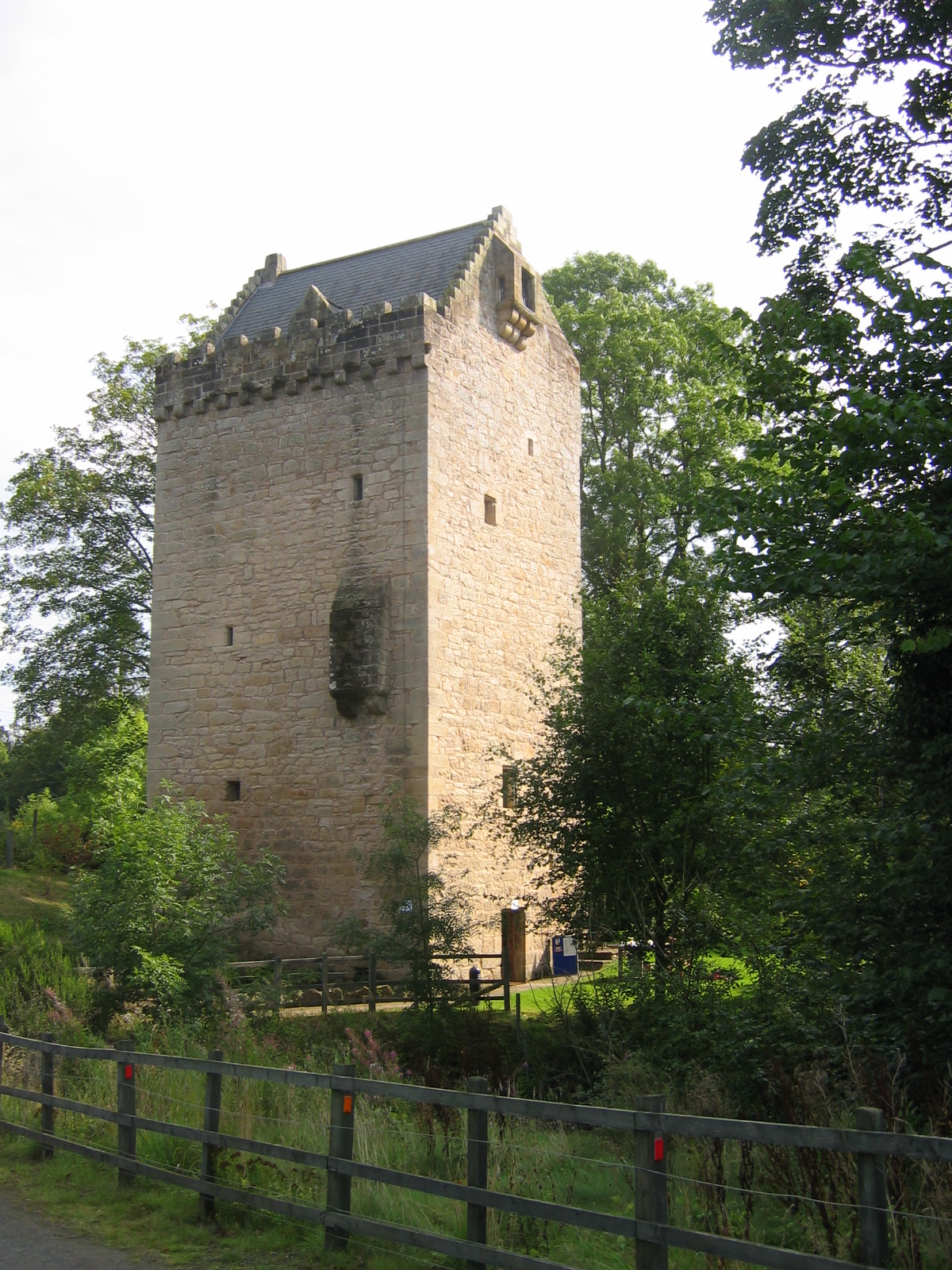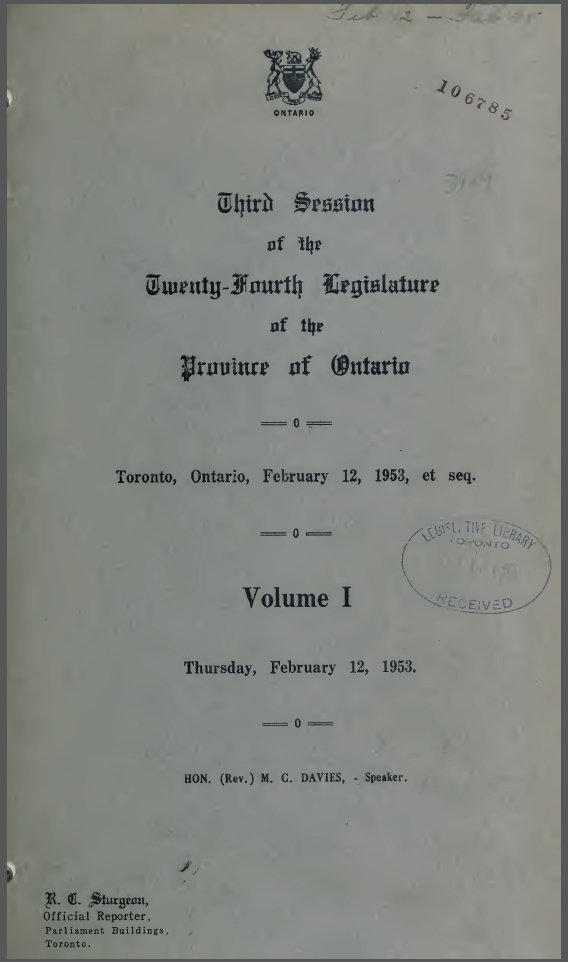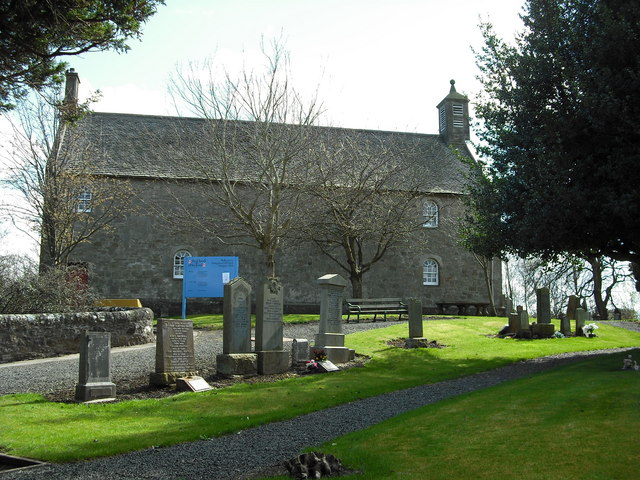|
Stonehouse, South Lanarkshire
Stonehouse is a rural village in South Lanarkshire, Scotland. It is on Avon Water in an area of natural beauty and historical interest, near to the Clyde Valley. It is on the A71 trunk road between Edinburgh and Kilmarnock, near the towns of Hamilton, Larkhall and Strathaven. The population of Stonehouse is around 7,500. History File:United.Presbyterian.Church.Stonehouse.jpg, United Presbyterian Church File:Scene.near.Glen-Avon.Stonehouse.jpg, Scene near Glen-Avon File:Montage.falls.fair.Glassford.bridge.Stonehouse.jpg, Montage of scenes: a falls, the fair at Auld Stonehouse, and Glassford Bridge File:Free.Church.Stonehouse.jpg, Free Church File:Cross.and.King.Street.Stonehouse.jpg, Cross and King Street File:Cross.and.Irongate.Stonehouse.jpg, Cross and Trongate File:Churchyard.River.Avon.Stonehouse.jpg, Churchyard and River Avon File:Cam'Nethan.House.Stonehouse.jpg, Cam'Nethan House (Residence of General Lockhart) File:Bridges.Stonehouse.jpg, Bridges File:Avon.Cander.juncti ... [...More Info...] [...Related Items...] OR: [Wikipedia] [Google] [Baidu] |
South Lanarkshire
South Lanarkshire (; ) is one of 32 unitary authorities of Scotland. It borders the south-east of the Glasgow City council area and contains some of Greater Glasgow's suburban towns, as well as many rural towns and villages. It also shares borders with Dumfries and Galloway, East Ayrshire, East Renfrewshire, North Lanarkshire, the Scottish Borders and West Lothian. It includes most of the historic county of Lanarkshire. The administrative centre of South Lanarkshire is Hamilton, with the seat of the local authority, South Lanarkshire Council, located at Lanark County Buildings. History South Lanarkshire covers the southern part of the historic county of Lanarkshire. Lanarkshire had existed as a shire from around the time of King David I, who ruled Scotland from 1124 to 1153. The county took its name from the original county town at Lanark, which had been the site of the first Parliament of Scotland under Kenneth II in 978. Local government was reformed in 1975 under the ... [...More Info...] [...Related Items...] OR: [Wikipedia] [Google] [Baidu] |
Overcrowding
Overcrowding or crowding is the condition where more people are located within a given space than is considered tolerable from a safety and health perspective. Safety and health perspectives depend on current environments and on local cultural norms. Overcrowding may arise temporarily or regularly, in the home, in public spaces or on public transport. Overcrowding in the home can cause particular concern, since the home is an individual's place of shelter. Effects on quality of life due to crowding may include increased physical contact, lack of sleep, lack of privacy and poor hygiene practices. While population density offers an objective measure of the number of people living per unit area, overcrowding refers to people's psychological response to density. However, definitions of crowding used in statistical reporting and for administrative purposes depend on density measures and do not usually incorporate people's perceptions of crowding. Measures of overcrowding Unite ... [...More Info...] [...Related Items...] OR: [Wikipedia] [Google] [Baidu] |
Baptismal Font
A baptismal font is an Church architecture, ecclesiastical architectural element, which serves as a receptacle for baptismal water used for baptism, as a part of Christian initiation for both rites of Infant baptism, infant and Believer's baptism, adult baptism. Aspersion and affusion fonts The earliest western fonts are found in the Catacombs of Rome. The fonts of many western Christian denominations that practice infant baptism are designed for baptisms using a non-immersive method, such as aspersion (sprinkling) or affusion (pouring). The simplest of these fonts has a pedestal with a holder for a basin of water. The materials vary greatly, consisting of carved and sculpted stone (including marble), wood, or metal in different shapes. Many fonts are in Octagon, octagonal shape, as a reminder of the new creation and as a connection to the Old Testament practice of circumcision, which traditionally occurs on the eighth day. Some fonts are three-sided as a reminder of the Holy T ... [...More Info...] [...Related Items...] OR: [Wikipedia] [Google] [Baidu] |
Christianity
Christianity is an Abrahamic monotheistic religion, which states that Jesus in Christianity, Jesus is the Son of God (Christianity), Son of God and Resurrection of Jesus, rose from the dead after his Crucifixion of Jesus, crucifixion, whose coming as the Messiah#Christianity, messiah (Christ (title), Christ) was Old Testament messianic prophecies quoted in the New Testament, prophesied in the Old Testament and chronicled in the New Testament. It is the Major religious groups, world's largest and most widespread religion with over 2.3 billion followers, comprising around 28.8% of the world population. Its adherents, known as Christians, are estimated to make up a majority of the population in Christianity by country, 157 countries and territories. Christianity remains Christian culture, culturally diverse in its Western Christianity, Western and Eastern Christianity, Eastern branches, and doctrinally diverse concerning Justification (theology), justification and the natur ... [...More Info...] [...Related Items...] OR: [Wikipedia] [Google] [Baidu] |
Paganism
Paganism (, later 'civilian') is a term first used in the fourth century by early Christians for people in the Roman Empire who practiced polytheism, or ethnic religions other than Christianity, Judaism, and Samaritanism. In the time of the Roman Empire, individuals fell into the pagan class either because they were increasingly rural and provincial relative to the Christian population, or because they were not '' milites Christi'' (soldiers of Christ).J. J. O'Donnell (1977)''Paganus'': Evolution and Use, ''Classical Folia'', 31: 163–69. Alternative terms used in Christian texts were '' hellene'', '' gentile'', and '' heathen''. Ritual sacrifice was an integral part of ancient Greco-Roman religion and was regarded as an indication of whether a person was pagan or Christian. Paganism has broadly connoted the "religion of the peasantry". During and after the Middle Ages, the term ''paganism'' was applied to any non-Christian religion, and the term presumed a belief in fal ... [...More Info...] [...Related Items...] OR: [Wikipedia] [Google] [Baidu] |
Holy Well
A holy well or sacred spring is a well, Spring (hydrosphere), spring or small pool of water revered either in a Christianity, Christian or Paganism, pagan context, sometimes both. The water of holy wells is often thought to have healing qualities, through the numen, numinous presence of its guardian spirit or Christian saint. They often have local legends associated with them; for example in Christian mythology, Christian legends, the water is often said to have been made to flow by the action of a saint. Holy wells are often also places of ritual and pilgrimage, where people Prayer, pray and leave votive offerings. In Celtic nations, Celtic regions, strips of cloth are often tied to trees at holy wells, known as clootie wells. Names The term ''haeligewielle'' is in origin an Old English language, Anglo-Saxon toponym attached to specific springs in the landscape; its current use has arisen through folklore scholars, antiquarians, and other writers generalising from those actual ' ... [...More Info...] [...Related Items...] OR: [Wikipedia] [Google] [Baidu] |
Clan Hamilton
The Clan Hamilton, or House of Hamilton, is a Scottish clan of the Scottish Lowlands.Way, George and Squire, Romily. ''Collins Scottish Clan & Family Encyclopedia''. (Foreword by The Rt Hon. The Earl of Elgin KT, Convenor, The Standing Council of Scottish Chiefs). Published in 1994. Pages 160–161. History Origins of the house The Hamilton chiefs descend from Walter fitz Gilbert of Hambledon, who appears in a charter to the Monastery of Paisley in about 1294. His lands appear to have originally been in Renfrewshire, however, his support for Robert the Bruce rewarded him with lands in Lanarkshire and the Lothians. These lands included Cadzow, which later became the town of Hamilton, South Lanarkshire. Wars of Scottish Independence Walter Fitz Gilbert was rewarded with lands for his support of king Robert the Bruce. Walter's son, David, fought at the Battle of Neville's Cross for David II of Scotland in 1346. David was captured and was not released until a substantial ... [...More Info...] [...Related Items...] OR: [Wikipedia] [Google] [Baidu] |
Edward I Of England
Edward I (17/18 June 1239 – 7 July 1307), also known as Edward Longshanks and the Hammer of the Scots (Latin: Malleus Scotorum), was King of England from 1272 to 1307. Concurrently, he was Lord of Ireland, and from 1254 to 1306 ruled Duchy of Gascony, Gascony as Duke of Aquitaine in his capacity as a vassal of the French king. Before his accession to the throne, he was commonly referred to as the Lord Edward. The eldest son of Henry III of England, Henry III, Edward was involved from an early age in the political intrigues of his father's reign. In 1259, he briefly sided with a baronial reform movement, supporting the Provisions of Oxford. After reconciling with his father, he remained loyal throughout the subsequent armed conflict, known as the Second Barons' War. After the Battle of Lewes, Edward was held hostage by the rebellious barons, but escaped after a few months and defeated the baronial leader Simon de Montfort at the Battle of Evesham in 1 ... [...More Info...] [...Related Items...] OR: [Wikipedia] [Google] [Baidu] |
Tower House
A tower house is a particular type of stone structure, built for defensive purposes as well as habitation. Tower houses began to appear in the Middle Ages, especially in mountainous or limited access areas, to command and defend strategic points with reduced forces. At the same time, they were also used as an aristocrat's residence, around which a castle town was often constructed. Europe After their initial appearance in Ireland, Scotland, the Frisian lands, Northern Spain and England during the High Middle Ages, tower houses were also built in other parts of western Europe, especially in parts of France and Italy. In Italian medieval communes, urban ''palazzi'' with a very tall tower were increasingly built by the local highly competitive patrician families as power centres during times of internal strife. Most north Italian cities had a number of these by the end of the Middle Ages, but few now remain, notably two towers in Bologna, twenty towers in Pavia and fourtee ... [...More Info...] [...Related Items...] OR: [Wikipedia] [Google] [Baidu] |
Keep
A keep is a type of fortified tower built within castles during the Middle Ages by European nobility. Scholars have debated the scope of the word ''keep'', but usually consider it to refer to large towers in castles that were fortified residences, used as a refuge of last resort should the rest of the castle fall to an adversary. The first keeps were made of timber and formed a key part of the motte-and-bailey castles that emerged in Normandy and Anjou during the 10th century; the design spread to England, Portugal, south Italy and Sicily. As a result of the Norman Conquest of England in 1066, use spread into Wales during the second half of the 11th century and into Ireland in the 1170s. The Anglo-Normans and French rulers began to build stone keeps during the 10th and 11th centuries, including Norman keeps, with a square or rectangular design, and circular shell keeps. Stone keeps carried considerable political as well as military importance and could take a decade or more t ... [...More Info...] [...Related Items...] OR: [Wikipedia] [Google] [Baidu] |
Hansard
''Hansard'' is the transcripts of parliamentary debates in Britain and many Commonwealth of Nations, Commonwealth countries. It is named after Thomas Curson Hansard (1776–1833), a London printer and publisher, who was the first official printer to the Parliament of the United Kingdom, Parliament at Westminster. Origins Though the history of the ''Hansard'' began in the British Parliament, each of Britain's colonies developed a separate and distinctive history. Before 1771, the British Parliament had long been a highly secretive body. The official record of the actions of the House was publicly available but there was no record of the debates. The publication of remarks made in the House became a breach of parliamentary privilege, punishable by the two Houses of Parliament (UK), Houses of Parliament. As the populace became interested in parliamentary debates, more independent newspapers began publishing unofficial accounts of them. The many penalties implemented by the governmen ... [...More Info...] [...Related Items...] OR: [Wikipedia] [Google] [Baidu] |
Livingston, Scotland
Livingston (, ) is the largest town in West Lothian, Scotland. Designated in 1962, it is the fourth post-war new town to be built in Scotland. Taking its name from a village of the same name incorporated into the new town, it was originally developed in the then-counties of Midlothian and West Lothian along the banks of the River Almond. It is situated approximately west of Edinburgh and east of Glasgow, and is close to the towns of Broxburn, West Lothian, Broxburn to the north-east and Bathgate to the north-west. The town was built around a collection of small villages, Livingston Village, Bellsquarry, and Livingston Station (now part of Deans, West Lothian, Deans). The town has a number of residential areas. These include Craigshill, Howden, Livingston, Howden, Ladywell, Livingston, Ladywell, Knightsridge, Deans, West Lothian, Deans, Dedridge, Murieston, Almondvale, Eliburn, Kirkton, Livingston, Kirkton, and Adambrae. There are several large industrial estates in Livingsto ... [...More Info...] [...Related Items...] OR: [Wikipedia] [Google] [Baidu] |










